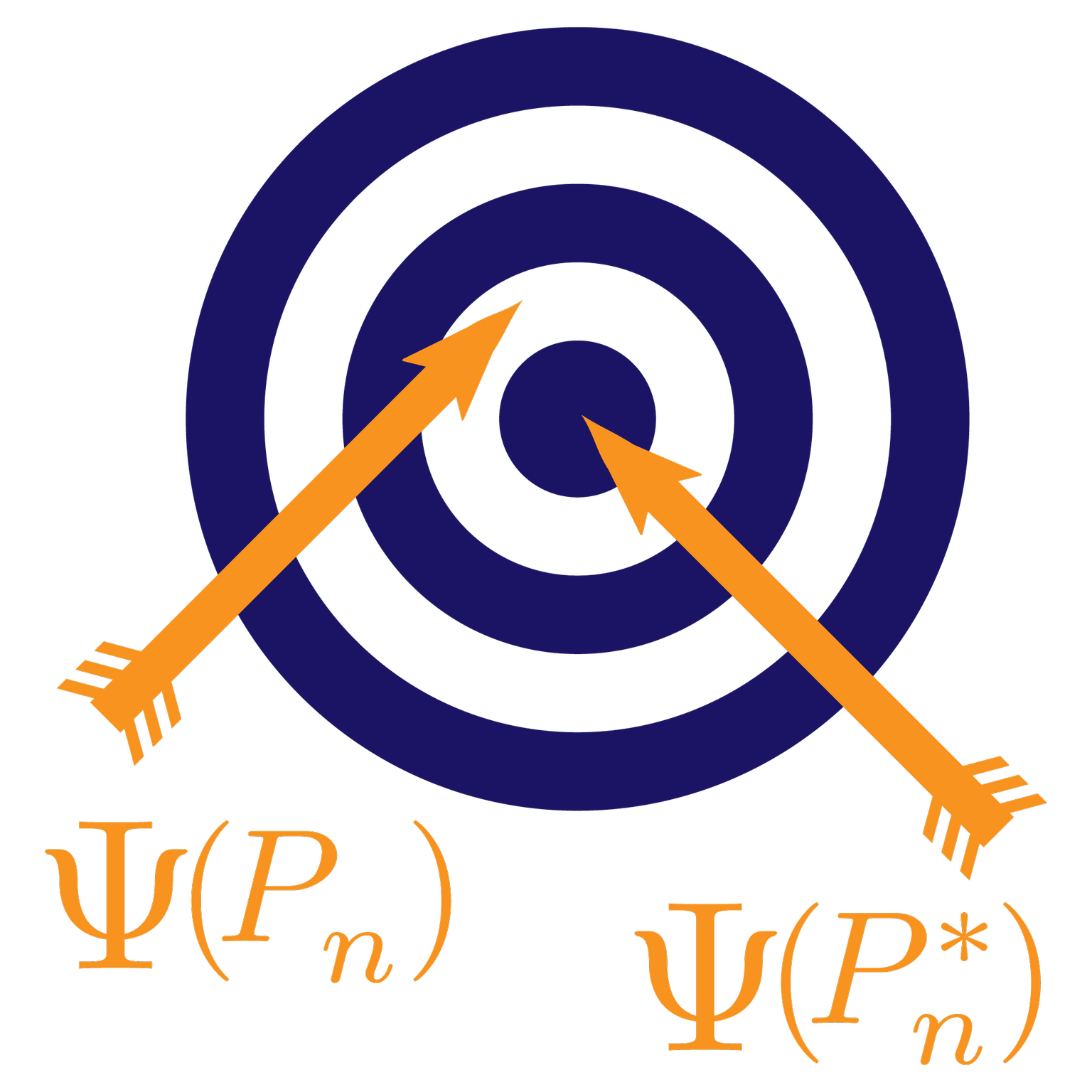This post is part of our Q&A series.
A question from graduate students in our Fall 2019 offering of “Biostatistical Methods: Survival Analysis and Causality” at UC Berkeley:
Question:
Hi Mark,
First of all, I have doubts regarding the simultaneous confidence interval for Kaplan- Meier, since I am not necessarily interested in inference for a parameter. I would like > to know if the 95% confidence band for my KM estimator will hold using the same formula > we did in our
Rlab without covariates (taken from lectures).Secondly, I am interested in testing a hypothesis. I remember discussing in classes the difference between testing the null hypothesis when each of my parameters is 0, is different than the null hypothesis that all of the parameters are 0. I understand that the first is trying to address each parameter individually, while the second one is testing whether all of the parameters, simultaneously, are significant.
For instance, for three covariates. Case 1: H01:w1=0 H02:w2=0 H03:w3=0
Case 2: H0:w1=w2=w3=0
Therefore, is the simultaneous confidence interval calculating the second case only? For a KM estimator, can it be understood that the simultaneous confidence interval can be computed for one parameter across time, and for all of the parameters across time?
Thanks,
F.M.
Answer:
Hi F.M.,
I believe your question concerns understanding of the construction and utility of a simultaneous confidence interval.
Let’s consider the case that we are interested in a survival function S(t). Suppose that we have an estimator Sn(t) which is asymptotically linear with known influence curve ICt(O), such as a Kaplan-Meier estimator for the simple marginal right-censored data structure or a TMLE for longitudinal data structures involving baseline covariates, treatment and potentially time-dependent covariates.
Then, Sn(t)−S(t) across a collection of points t will have influence curve the stacked IC=(ICt:t) across these time points t. This allows us to estimate the correlation matrix of (√n(Sn(t)−S(t)):t) by the correlation matrix ρ of stacked influence curve IC=(ICt:t). The 0.95 quantile q(0.95) of the max of absolute value of a random draw from N(0,ρ) consistently estimates the 0.95 quantile of maxt|Sn−S|(t)/SE(Sn(t)), where SE(Sn(t)) is an estimator of the standard error (SE) of Sn(t) such as the square root of the sample variance of ICt, divided by n. In particular, Sn(t)±q(0.95)SE(Sn(t)) is now a simultaneous confidence band.
The multivariate normal distribution can be used as a null distribution in multiple testing of H0(t):S(t)=SH0(t) for some hypothesized survivor function SH0, across collection of time points t, thereby obtaining a powerful multiple testing procedure taking into account the strong correlations between Sn(t)across t. This improves strongly on Bonferroni adjustments or, in general, methods that only utilize marginal p-values (thus ignore correlations between the test statistics).
Similarly, we could do all this for a contrast S1−S0(t) given an estimator of S1−S0, so that it would provides inference for a difference of survival functions w.r.t. two populations or difference of treatment specific survival functions. In general, the above story applies to any functional valued or vector valued pathwise differentiable parameter μ=(μ(t);t) for which an asymptotically linear estimator μn is available (when doing functions we would establish √n(μn−μ) as random function converges in distribution to a Gaussian process in function space, but these results generally hold under bounded influence curves.
The multivariate normal distribution N(0,ρ) can also be used to obtain a test for an overall test H0:S=SH0 across all t. To start with the simultaneous confidence interval could be used as a test by checking if SH0 is contained in the simultaneous band. Alternatively, we could define as our test statistic the Euclidean norm of ρ−1/2(Sn−SH0)/SE(Sn), where ρ1/2 is the square root of the correlation matrix ρ, so thatρ−1/2 is its inverse. Under H0:S=SH0, this Euclidean norm converges to the Euclidean norm of a N(0,1t×t), and thus has a limit χ2 distribution with as many degrees of freedom as number of time points t.
The main point is that we have an estimate of the sampling distribution of (Sn−S)/SE(Sn)∼N(0,Σ), or better, we have its sample mean approximation as the sample mean of the stacked influence curve, and that allows us to understand the distribution of any functional of this (Functional delta method), or any test statistic.
So the influence curve based inference can be used for single overall test about the whole curve $S$, or for testing multiple hypotheses under any type of Type I error control (see the book by Dudoit and van der Laan for the use of this multivariate normal distribution to obtain general multiple testing procedures, even based on step-down, step-up, and any kind of Type-I error).
Best Wishes,
Mark
P.S., remember to write in to our blog at vanderlaan (DOT) blog [AT]
berkeley (DOT) edu. Interesting questions will be answered on our blog!
